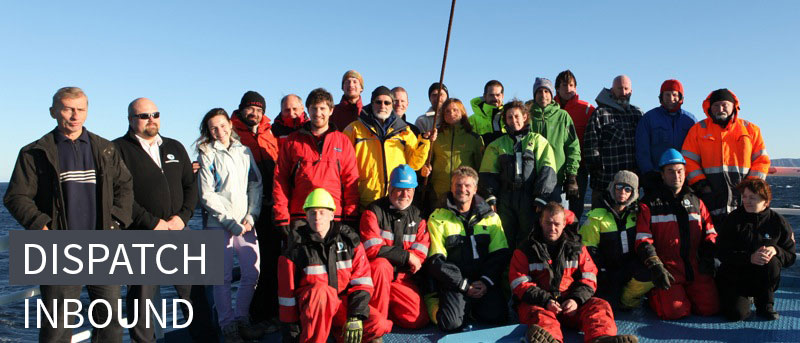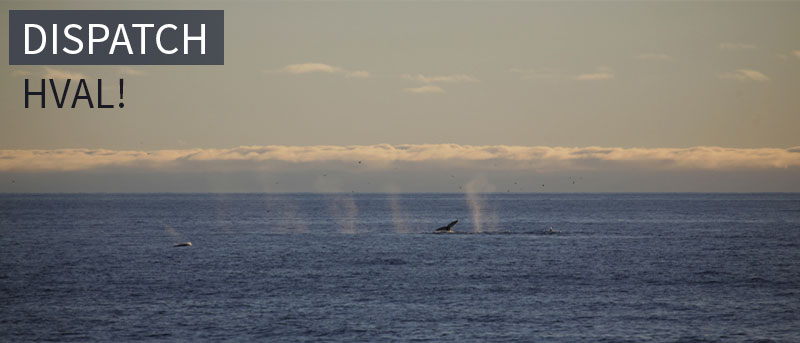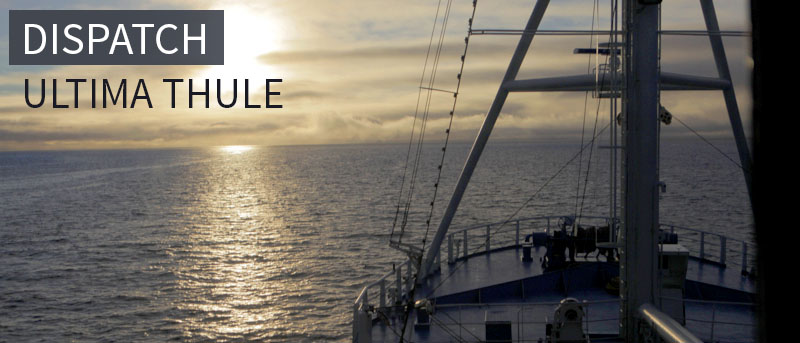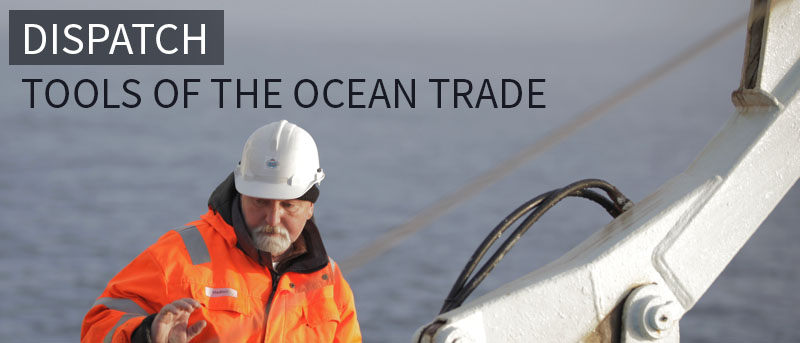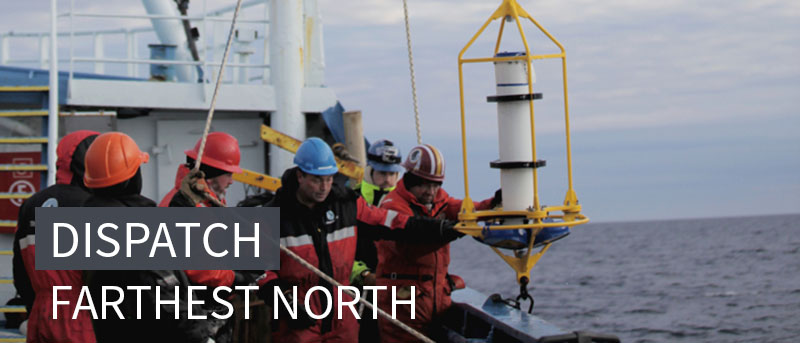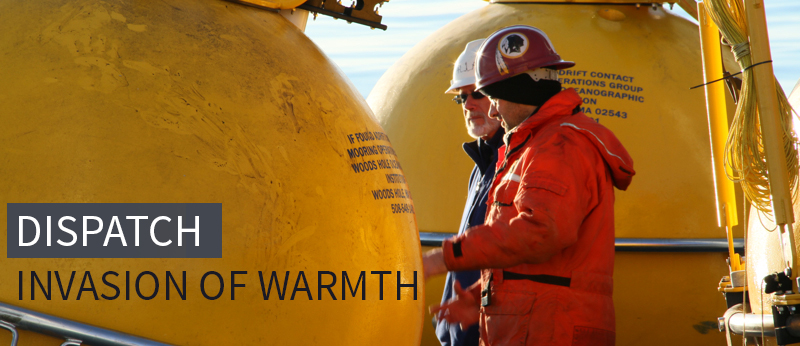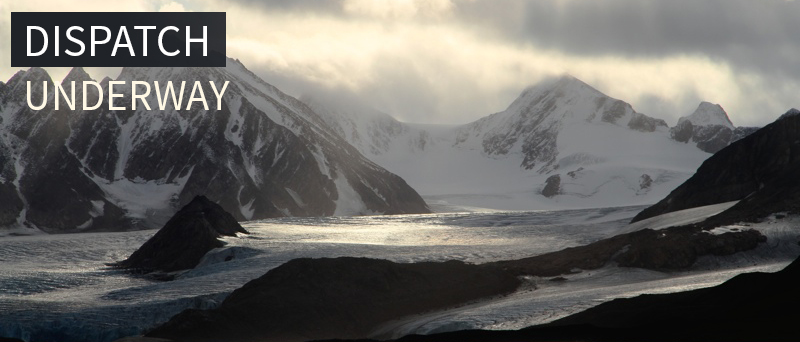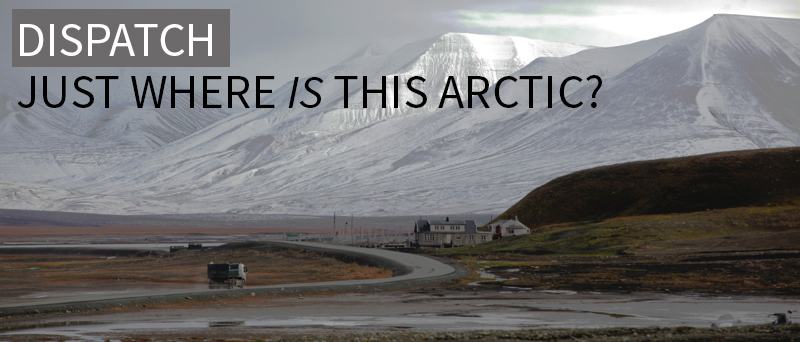THE OCEAN’S BLOODSTREAM
September 16, 2013
Tweet
An enthusiastic amateur, I like hearing the scientists aboard this vessel talk about ADCPs, CTDs, anti-cyclonic gyres, the Meridional Overturning Circulation, boundary currents, potential vorticity, and stratification. I’ve not been to sea for six months, and I’ve missed “oceanography speak.” Don’t worry, though, we don’t need much esoteric lingo to grasp the natural wonder of ocean circulation, its relevance to our climate and thereby to our lives ashore. So before we talk specifically about the purposes and methods of this expedition, let’s, for the sake of context, lay down a few prime principles of oceanography.
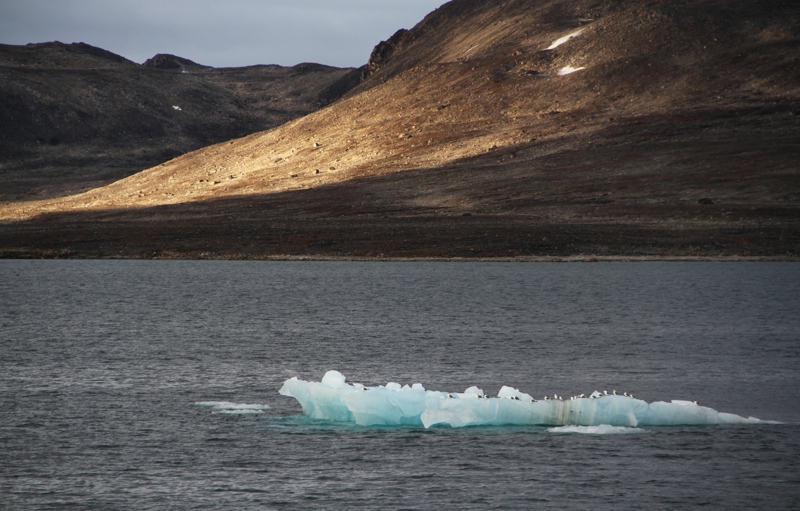 Perhaps most fundamentally, there is this: Like blood vessels in our own circulatory system, dozens of currents course though the body of the world ocean. Some are driven by the winds; others are induced to flow by differences in density caused by the varying quantities of salt. Some currents travel on the surface and some though the opaque depths; some carry warm water toward the poles, while others carry cold water back toward the equator. Here are a few of their names chosen randomly: Agulhas, Antarctic Circumpolar, Kuroshio, Canaries, North (and South) Equatorial, Irminger, and Deep Western Boundary Current, as well as that most familiar of currents, the Gulf Stream. Together, they’re called ocean currents, a technical as well as a descriptive term.
Perhaps most fundamentally, there is this: Like blood vessels in our own circulatory system, dozens of currents course though the body of the world ocean. Some are driven by the winds; others are induced to flow by differences in density caused by the varying quantities of salt. Some currents travel on the surface and some though the opaque depths; some carry warm water toward the poles, while others carry cold water back toward the equator. Here are a few of their names chosen randomly: Agulhas, Antarctic Circumpolar, Kuroshio, Canaries, North (and South) Equatorial, Irminger, and Deep Western Boundary Current, as well as that most familiar of currents, the Gulf Stream. Together, they’re called ocean currents, a technical as well as a descriptive term.

With very rare exception, no ocean current is solitary, flowing from here to there and then stopping, like a river. All are interconnected, and most are arcs in giant circles. The “major” oceans—North and South Atlantic, North and South Pacific and Indian Ocean—are characterized by wheels of wind-driven surface currents, called gyres, spinning around the edges of the ocean basins. However, like the currents that comprise them, the gyres are not solitary. Each is linked to the others by “offshoot” currents. Another way to say it is that each ocean communicates with its neighbor via currents, and so as far as nature is concerned, there is only one singular world ocean.
"Don’t worry, though, we don’t need much esoteric lingo to grasp the natural wonder of ocean circulation, its relevance to our climate and thereby to our lives ashore. "
However, that the individual currents have names with capital letters suggests that they can be distinguished one from the other. You can’t see the currents; you look out over the ocean from a ship at sea or from the beach and see—water, a seemingly undifferentiated mass of it.
However, each current possesses its own individual fingerprint in the form of temperature and salt content (“salinity”) that can be measured to a high degree of accuracy with the specialized shipboard tools we’ll employ on this cruise (more about them later). So not only can oceanographers identify a particular current passing a particular spot, they can follow its path through the body of the ocean.
Okay, so what? There are a lot of permanent currents in all oceans, all are connected in one way or another, and each can be measured if you have enough, gee-whiz high-tech equipment. That’s all very interesting, but what matter is it to those of us who do not follow currents as a profession.
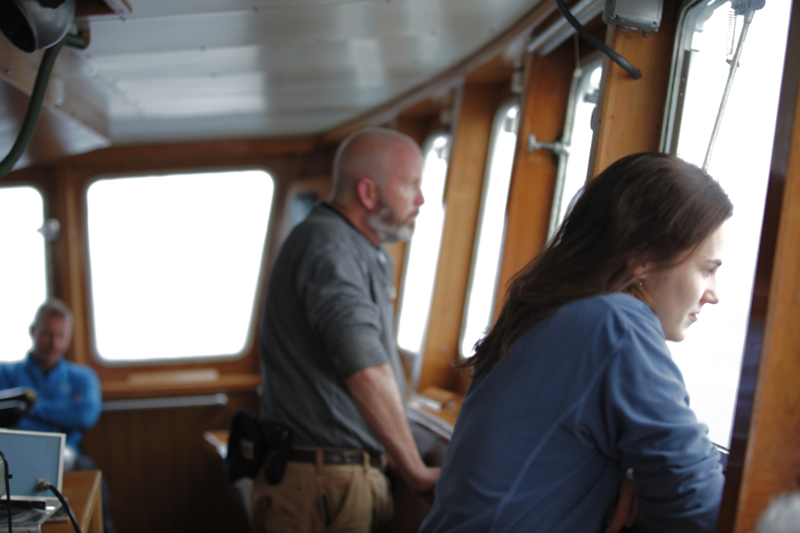
The answer to this question is, in a word, climate. The ocean is often left out in today’s talk about climate. But to ignore the ocean’s role in climate makes no more sense than to ignore air. Oceans transport heat from where there is too much—the tropics—to where there is too little—the poles. By distributing heat, ocean currents moderate extremes; without them vast swathes of our Earth would be sweltering beyond endurance or frozen solid. Without ocean currents, life on Earth would be far less diverse, limited mostly to a belt of opportunity in the mid latitudes. In fact, our present climate (and that of the distant past) is determined by the interaction between the ocean and the atmosphere.
Consider those palm trees growing incongruously on the south coast of England. London lies at 50° N; at the same latitude on the west side of the Atlantic lies frigid northern Labrador. The difference is caused by an offshoot of the Gulf Stream called the North Atlantic Current which carries warm water northward past the British Isles—and, as we shall see, into the High Arctic—where the prevailing west winds bear the warmth onto the land. It’s a beautiful thing, this gift of warmth to England and this moderation of extremes on a global scale. However, nothing in the ocean, in nature itself, is permanent. That brings us back aboard Lance and to our present study. Just how much warmth is the Gulf Stream system transporting into the Arctic? Is the quantity increasing enough to exacerbate the melting in the Arctic? Enough to set in motion feedbacks that will change the world, or at least the Arctic, as we know it? We won’t have answers when this trip is done, but we will for the first time have a kind of benchmark measurement of the quantity of heat ocean currents are transporting northward into this region of the Arctic. In that sense, this is a voyage of exploration.
-Dallas Murphy


